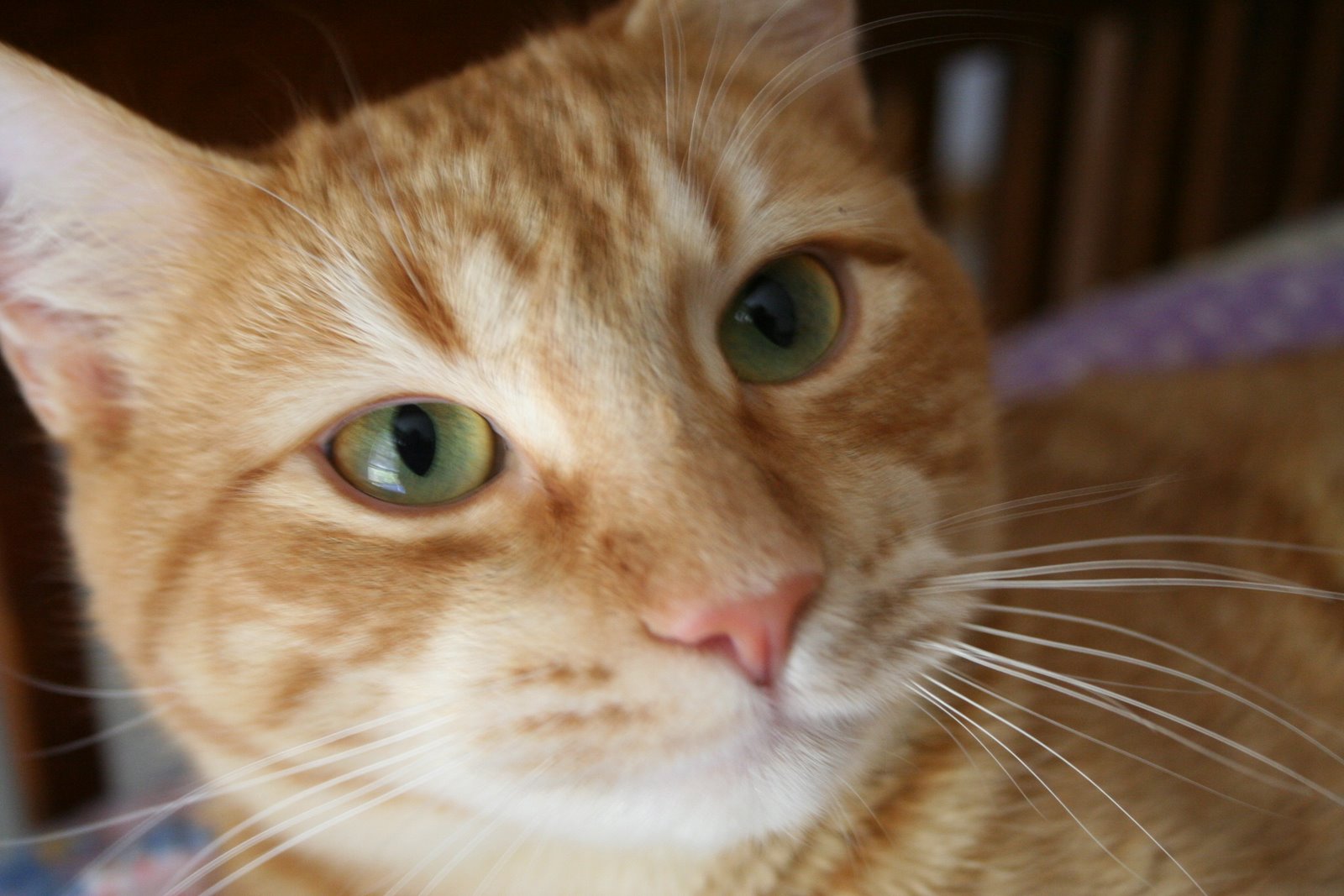
Each week, the Spanish students here at the institute have a couple of field trips. Last week, we traveled a short distance from Guanajuato eastward through the Sierra Madre Mountains (toward Dolores Hidalgo–a beautiful drive!), to a small town called Santa Rosa. There we visited the Aguilera family's ceramics shop and factory where their line of beautiful ceramics–Mayolica–have been produced by this same family for more than 45 years. Don't confuse Mayolica with talavera, though, because they are two different types of ceramics.
The name 'Mayolica' is derived from Mallorca, a Spanish island on the commercial naval route to Italy, where Mallorcan ceramics are created. When the Spanish brought new skills to the indigenous people of Mexico, the Mallorcan technique was taught to a very few craftsmen, and the Aguilera family is continuing this beautiful tradition today.

The clay is dug locally, mixed and–in this case–thrown.
From digging and mixing their special clay, to 'throwing' or casting individual pieces to painting, this large family has an impressive collection of pieces for sale in their store. Most of their pieces are exported throughout Mexico and around the world. In the U.S., Earth and Fire Imports in Terlingua (www.earthandfireimports.com) offers Mayolica ceramics at very reasonable prices.
The clays of these fine ceramics are processed by decantation. Once the thrown and molded pieces are dry, they are given a first firing in a large gas-fired kiln. Next the pieces are coated with a bisque glaze and painted in the five colors traditionally used in Mallorca: blue, green, mother of pearl, yellow and black. More recently reds and purples have been incorporated in the designs. Once the pieces are painted, they are fired a second time at a higher temperature that sets both the glaze and the vivid colors.

This is the newest generation of the Aguilera family. They are coating tiles with bisque. Then they stack them to dry before they are painted and fired a second time.

These pieces are waiting to be decorated and fired. Some of the pieces, like the soup tureen on the lower shelf, are molded.

Before the designs are painted, they must be drawn. This is the first step in becoming a ceramic painter/artist.

Next they are painted.

True Mallorcan pieces use only five vibrant colors, but over the years the Aguileras have added more colors to their repertoire.
When we visited, there were at least ten artists painting different pieces. Each artist has his or her own unique touch and specializes in certain designs. The patterns range from fruits, florals, religious and typical scenes, animals and fish, and even Day of the Dead designs. The scope of the designs are as varied as the artists' talents. It was amazing to watch them at work.
Each step of the process is completely manual, and since each piece is decorated by hand, each piece is a unique work of art.
It was truly inspiring to see a real-life family business keeping up the tradition, and maintaining and improving the quality of their work as time goes by. Families are such an integral part of Mexican culture and this family business seems to have made working together and passing along their skills to each generation a viable and successful business.

Here's a finished piece. Because Don Quijote is a local icon (Guanajuato hosts the annual Cervantino festival), there were several pieces of the would-be knight.
And of course, after touring the production side of the business, we had to visit the store. There were so many beautiful pieces to choose from, it was difficult making a decision at what we just really had to have.

Here's a view (the only shot that came out) inside their store. Unfortunately, it's hard to see how rich and vibrant the colors are; sorry, you'll just have to use your imagination on this one.
I bought one piece, a baking dish (oh, and did I mention that all their ceramics are lead-free and oven-proof?) with a Catrina, the famous gussied-up Day of the Dead lady.

If only I had more room in my GMOG suitcase, I'm sure I'd have come back with more!
 Now that I'm leaving for home soon, I'd like to share some of my favorite photos taken in Guanajuato. A snap-shot tour of one of the most beautiful cities in my world.
Now that I'm leaving for home soon, I'd like to share some of my favorite photos taken in Guanajuato. A snap-shot tour of one of the most beautiful cities in my world.
 Beautiful children ...
Beautiful children ...
 Colorful images ...
Colorful images ... Colorful history ... (For 11 years the head of Father Miguel Hidalgo, placed in an iron cage, hung from this hook at one corner of the Alhóndiga de Granaditas as a warning to the Mexican revolutionaries. This building, site of one of the first battles for Mexico's independence from Spain, now houses a fine museum.)
Colorful history ... (For 11 years the head of Father Miguel Hidalgo, placed in an iron cage, hung from this hook at one corner of the Alhóndiga de Granaditas as a warning to the Mexican revolutionaries. This building, site of one of the first battles for Mexico's independence from Spain, now houses a fine museum.) Great examples of Churrigueresque (Mexican baroque) architecture ...
Great examples of Churrigueresque (Mexican baroque) architecture ...
 Celia's beautiful gardens ...
Celia's beautiful gardens ... And a view of the city center from the Pipila overlook.
And a view of the city center from the Pipila overlook.

















































